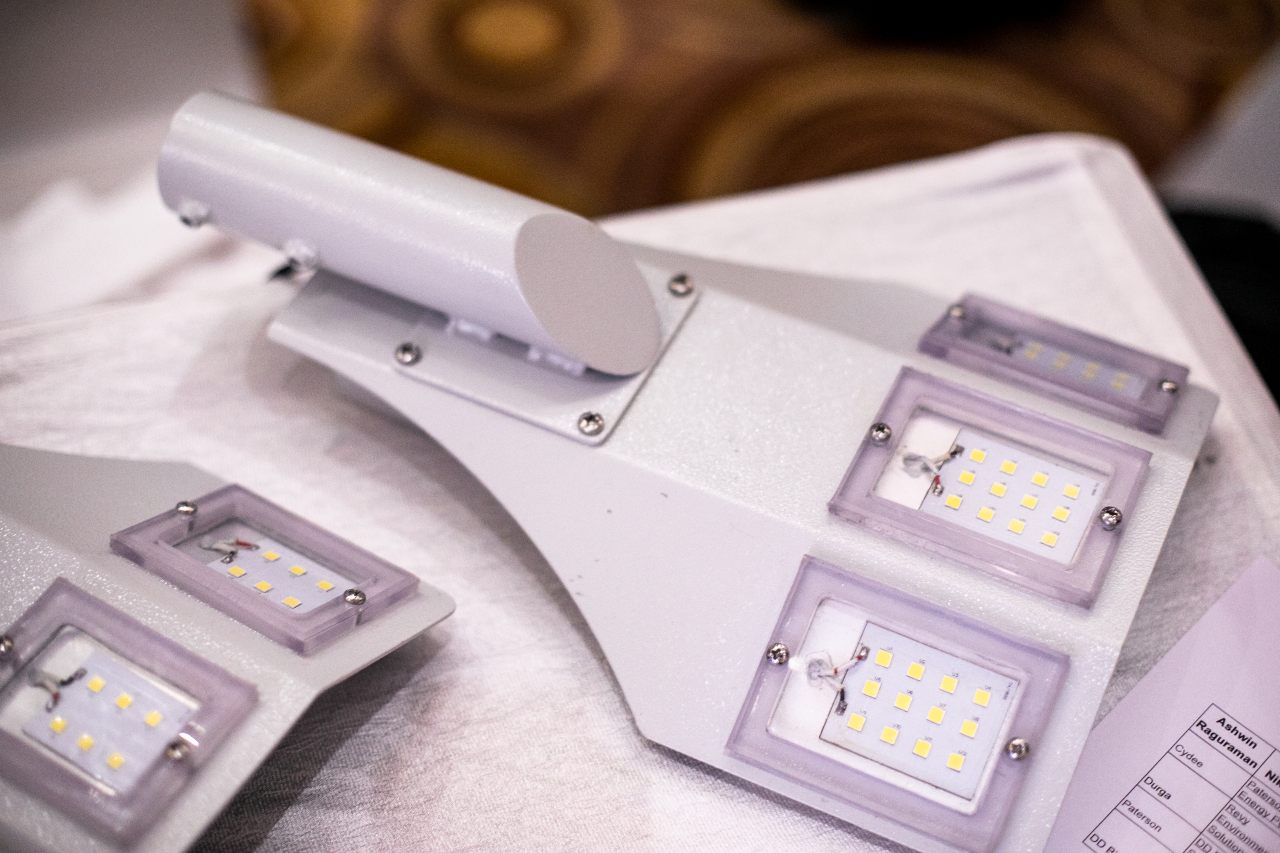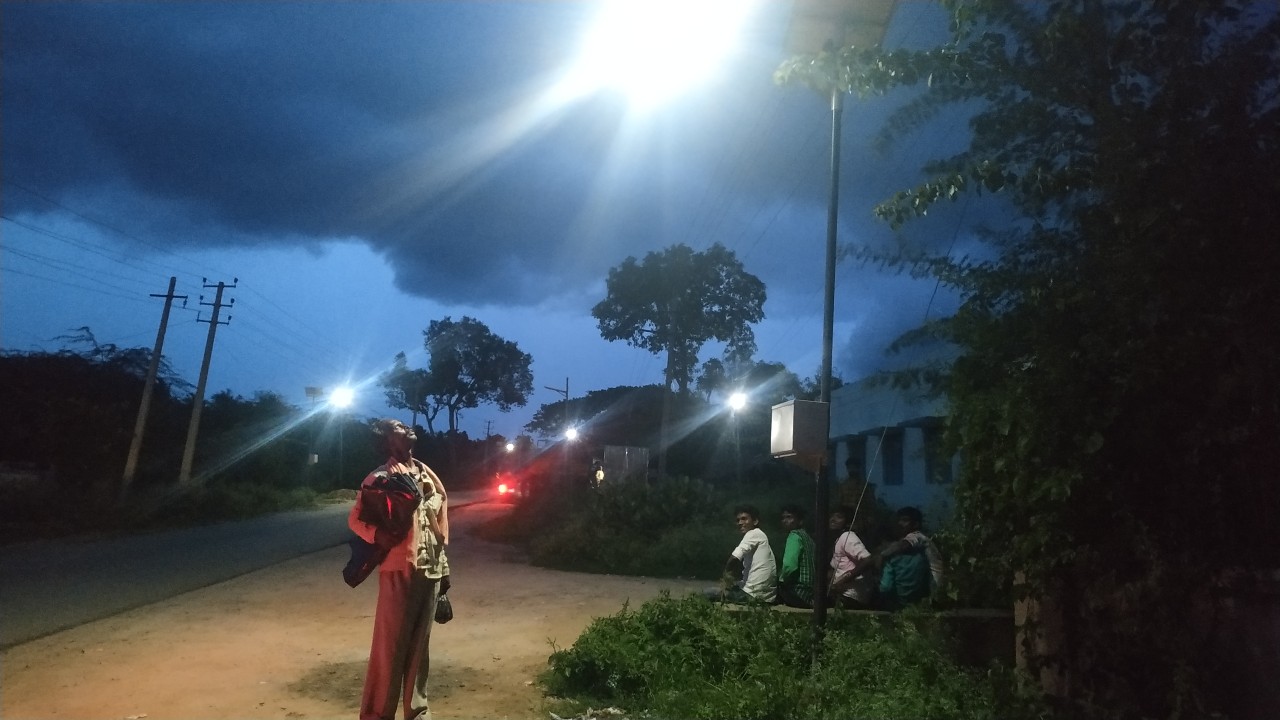In March 2017, Monika Jha, a graduate of Electrical and Electronics from R V College of Engineering, Bengaluru, was working on her final year project on the Automation of Street Lighting. But while conducting her research, she came across a much bigger problem.
As part of her research, she visited various streets in the city to understand how many lights there were for each one, how they were placed (spacing), and how well they illuminated the area. What she found was that some areas had damaged lights, some streets were underlit, and some were overlit.
Her findings encouraged her to launch Cydee Technologies, which has innovated a solution that saves significant amounts of energy while improving street lighting.

Digging into the deeper problem
“I found that street lights were installed by focussing more on quantity than the quality of illumination. No study or planning had been conducted on whether the lighting would be suitable for a particular street, taking into consideration the road’s width and other aspects in the area,” Monika tells The Better India, adding that alongside on-ground research, she read through several government tenders related to street lights online.
After she submitted her project and completed her degree, she spent the following months designing a light that would be energy efficient while producing desired results of illumination.
“I designed a basic prototype and got it engineered with help from a manufacturing unit in Peenya, Bengaluru. The light I designed is powered by LEDs, but has two flaps on the side, which allows dispersion across a larger area at a precisely 160-degree angle. This light can replace five conventional street lights with only three,” Monika says, adding that conventional street lights disperse light at an angle of 120-135 degrees, which means the lane would require more lights, which in turn meant more energy would be consumed.

In July 2018, Monika conducted photometric tests at the Manipal Institute of Technology, Illumination Engineering Lab, to determine the brightness of her device, and electric tests to understand the energy used by the light. “This data was then fed into a software, along with the dimensions of an area to determine the number of lights and the height at which the light would need to be placed to cover the area,” she says.
After the lab tests were successful, she conducted a few experiments from her own terrace to determine the area the lights would cover. The same year, Cydee Technologies was awarded the Best Energy Efficient Technology in India, in the Science Pursuit for Inspired Research competition. The venture won a grant of Rs 5 lakh from the Energy Efficiency Services Limited (EESL), New Delhi.
Illuminating different corners of India
“As part of winning the competition, we also got the opportunity to conduct pilot testing at EESL,” Monika says, adding that this allowed them to take their business to the commercial level.
Before installing street lights for clients, Monika and her team conduct ground research to understand the area that requires lighting. This includes assessing the width of the lane. Based on this, they decide the intensity (wattage) and the number of lights required, which are then manufactured with the help of MSMEs in and around Bengaluru.
Since March 2019, Cydee has installed 310 lights across India, including in a quarantine centre in Manipur, an apartment complex in Bengaluru, and the BAIF Development Research Foundation in Pune.

Sandeep Kulkarni, associate thematic programme (construction) executive at BAIF, headed the project of installing Cydee’s street lights in locations of the campus which previously had none.
“No one would walk through that part of campus after sundown, because it would be completely dark. Women felt unsafe walking through that area, and people even said they encountered snakes. In September 2020, we installed 15 lights across that stretch after a consultation with Monika ma’am. Now, the entire area is sufficiently lit, and unlike other lights on our campus that require monthly maintenance, these ones have worked fine so far,” Sandeep says.
To know more, you can get in touch with Cydee technologies.
No comments:
Post a Comment